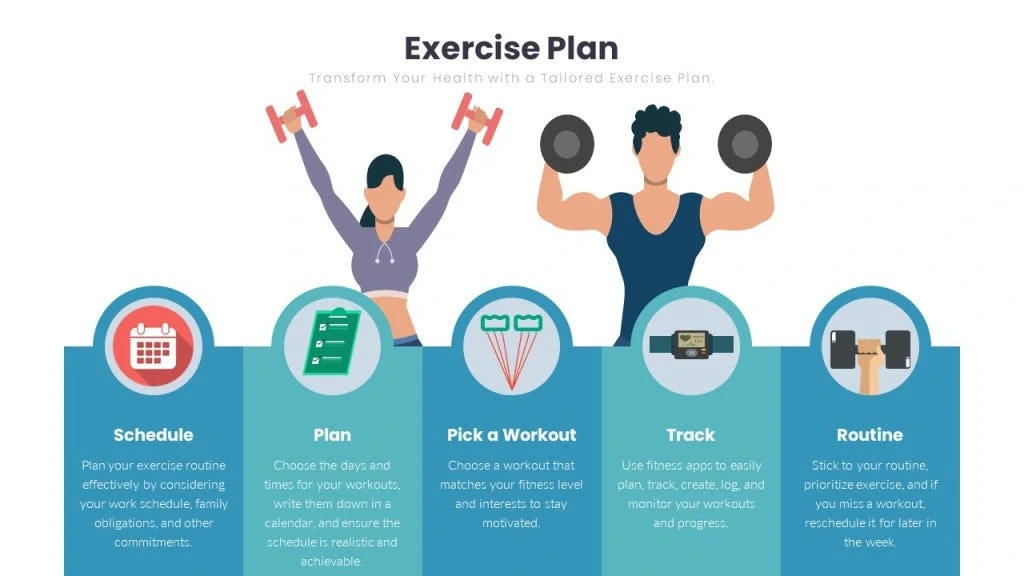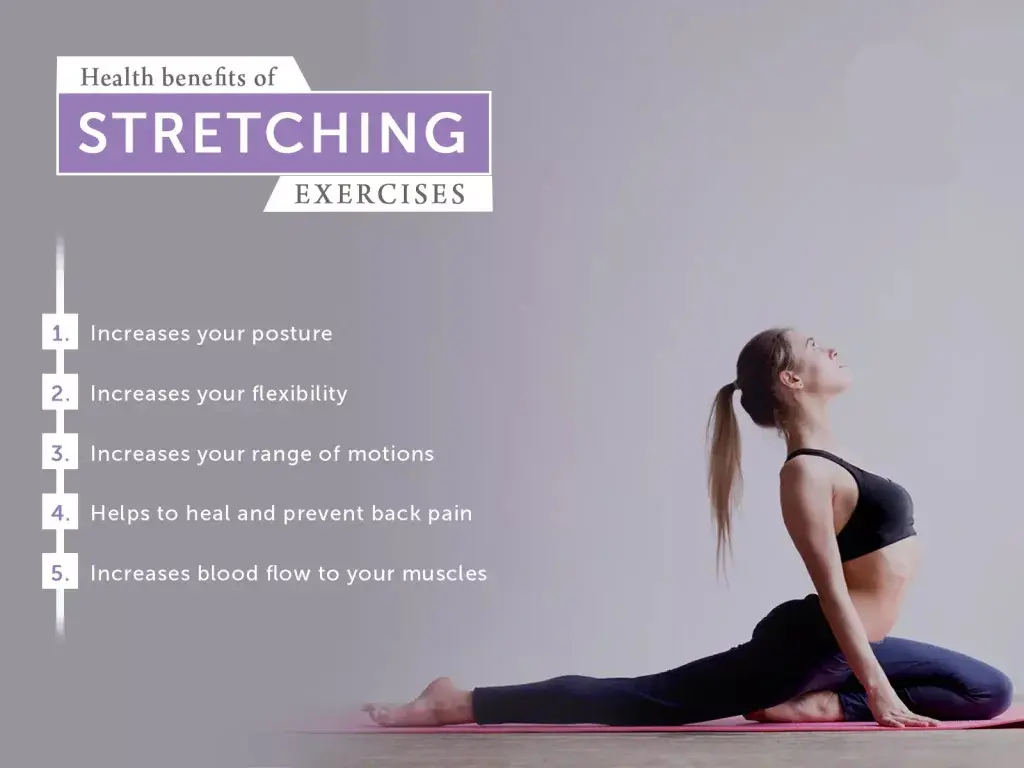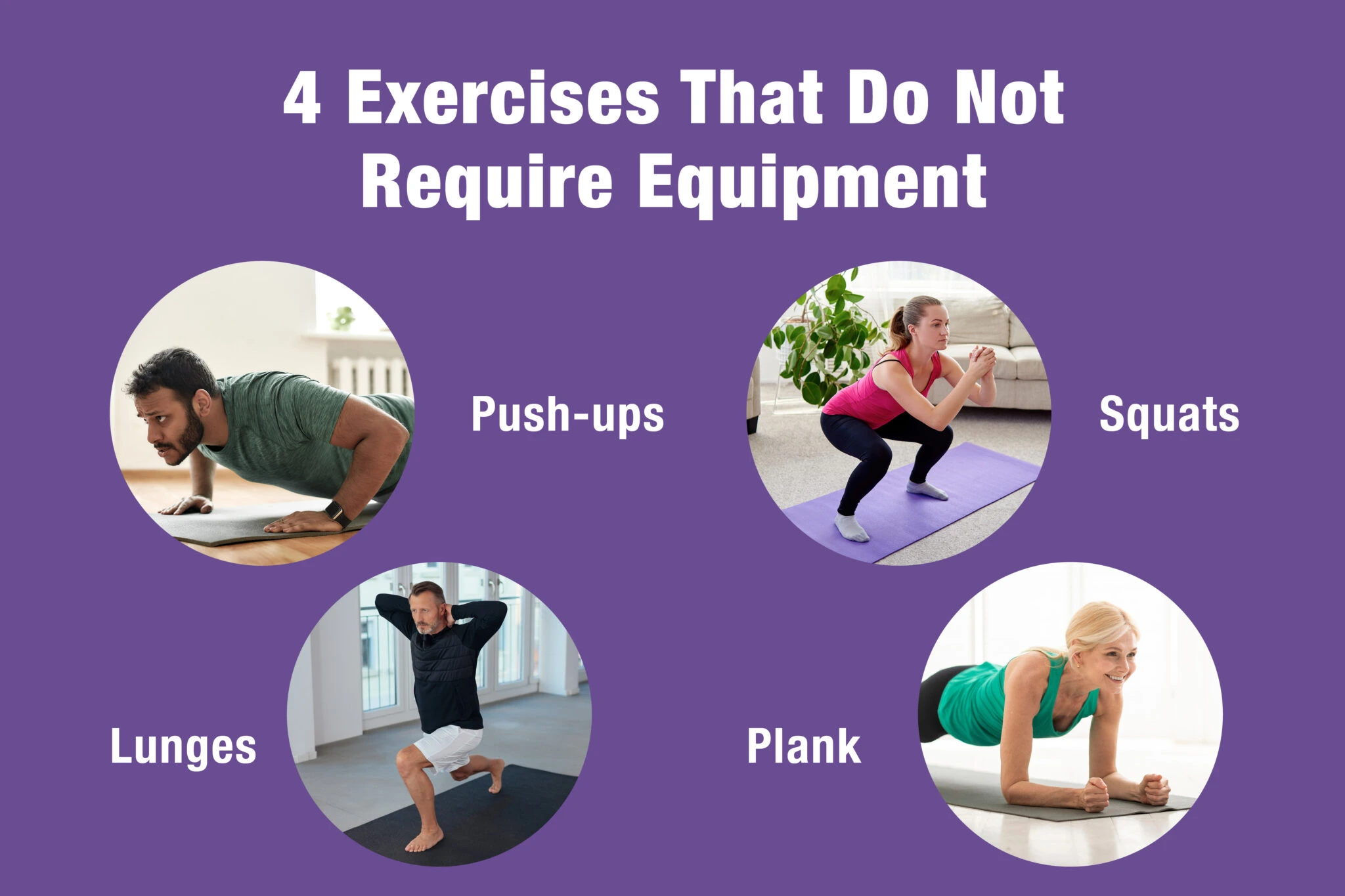Fitness is personal. It’s not about the fanciest equipment or a gym membership, but about how consistently you can show up for yourself. Tracking progress without the gym is not only possible but can be incredibly empowering. With a little creativity, your home, neighborhood, or even a local park can become the perfect fitness playground.
When I first started my fitness journey, I avoided gyms entirely. Instead, I focused on activities that worked for my lifestyle—walking, stretching, and experimenting with bodyweight exercises. To my surprise, tracking progress outside of the gym turned out to be simpler than I thought, and it gave me a better understanding of my body’s abilities.
Let’s talk about how you can do the same.
Why Track Your Fitness Progress?
Tracking fitness isn’t just about numbers—it’s about understanding your body and celebrating small wins. Here’s what you gain:
- Motivation: Progress can keep you moving forward when the excitement of starting wears off.
- Clarity: Helps you focus on what’s working and what’s not.
- Confidence: Seeing tangible results builds belief in your abilities.
Tools You Can Use at Home
You don’t need fancy gadgets. These simple tools can help you keep tabs on your fitness journey:
Notebook or Journal
Keep a daily log of your workouts, energy levels, and any changes you notice.
Measuring Tape
Track body measurements for areas like your waist, hips, or thighs.
Bodyweight Scale
While not the ultimate marker of health, it’s useful for noticing trends.
Smartphone Apps
Apps like MyFitnessPal or Strava are great for tracking activity and nutrition.
A Mirror
Sometimes, visual progress tells a better story than numbers.
Tracking Endurance Progress
1. Walking or Running
Start with a simple walk or jog. The beauty lies in measuring distance, speed, or how long you can go without feeling exhausted.
- How to Track:
- Use apps like Google Fit or Strava.
- Note how far you’ve gone and how you feel afterward.
2. Skipping Rope
Jumping rope is an underrated workout for endurance and coordination.
- How to Track:
- Count the number of skips or track time intervals.
- Challenge yourself to increase sets weekly.
3. Stair Climbing
Your staircase at home can double as a cardio machine.
- How to Track:
- Record the number of flights climbed in one go.
Tracking Strength Progress
1. Bodyweight Exercises
Push-ups, squats, and planks are great for testing strength.
- How to Track:
- Count the number of repetitions or how long you can hold a position.
- Record these weekly to spot trends.
2. Household Weights
Don’t have dumbbells? Use filled water bottles, canned goods, or even a heavy backpack.
- How to Track:
- Note the weight of your chosen item and reps completed.
3. Functional Tests
Things like carrying grocery bags or lifting a small piece of furniture can also indicate strength improvements.
- How to Track:
- Observe how your ability to lift or carry improves over time.
Incorporating Flexibility and Mobility
1. Daily Stretching Routines
Simple stretches for hamstrings, shoulders, and hips can work wonders.
- How to Track:
- Note how far you can stretch or how comfortable certain movements feel.
2. Yoga or Pilates
These practices combine flexibility, balance, and strength.
- How to Track:
- Observe progress by holding poses for longer durations or achieving new poses.
3. Posture Checks
Standing taller or sitting straighter is a subtle but important sign of progress.
- How to Track:
- Take weekly pictures to see how your alignment improves.
Nutrition: A Key Player in Tracking Progress
Fitness isn’t just about movement. Eating habits play a critical role in your progress.
1. Keep a Food Journal
Track what you eat and how it affects your energy levels.
2. Experiment with Balanced Meals
Notice how incorporating more vegetables or proteins impacts your performance and recovery.
3. Hydration Check
Are you drinking enough water? Keep a log of your daily intake.
Staying Consistent Without a Gym
1. Set Clear Goals
Whether it’s being able to run 5K or hold a plank for 2 minutes, specific goals give you direction.
2. Build a Routine
Choose consistent times for workouts, even if it’s just 10 minutes daily.
3. Celebrate Small Wins
Did you do one more push-up today than last week? That’s progress worth celebrating!
Challenges You Might Face (and How to Overcome Them)
1. Feeling Unmotivated
- Switch up your routine to keep it fresh.
- Invite a friend or family member to join you.
2. Plateaus
- Try increasing intensity or experimenting with new activities.
3. Time Constraints
- Use quick, high-intensity workouts when you’re pressed for time.
Personal Insights and Real-Life Lessons
When I first started tracking my fitness progress without a gym, I underestimated the power of consistency. A simple routine of stretching, walking, and bodyweight exercises helped me not just physically but mentally. I remember struggling to do a single push-up. Over time, I worked my way up to 20 in a row, and the confidence it gave me was unmatched.
Progress doesn’t have to be dramatic to be meaningful. Every step forward matters.








